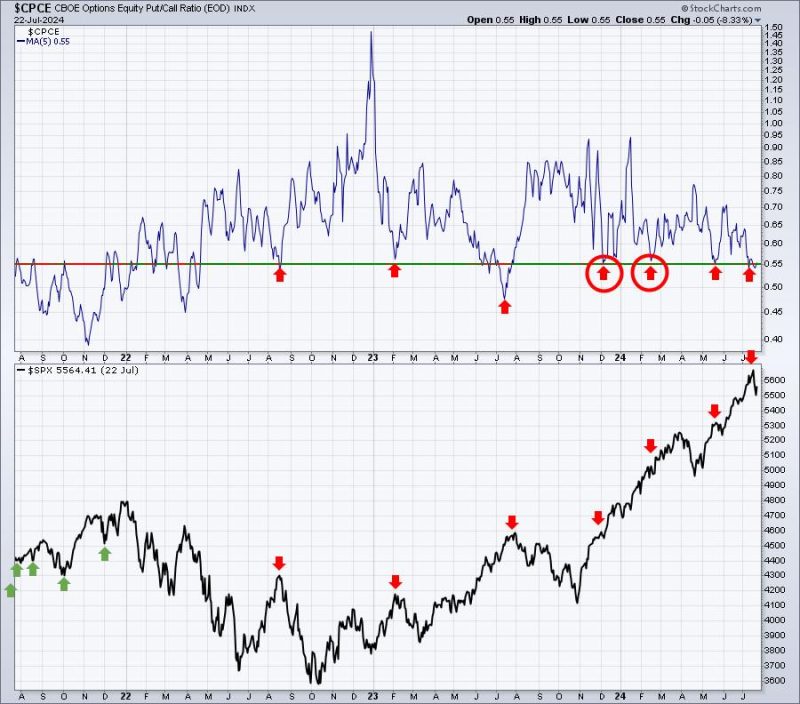Chart 1: Monthly Chart of S&P 500 Index (SPY)
The first chart to watch in determining whether we have reached a market bottom is the monthly chart of the S&P 500 Index (SPY). This chart provides a big-picture view of the overall market trend. By analyzing the price movements of the S&P 500 over an extended period, investors can gain insights into the long-term health of the market.
The chart reveals several important levels and patterns that can offer valuable information to investors. One key level to watch on the monthly chart is the 200-month moving average. This moving average represents the average closing price of the index over the past 200 months and can act as a significant support or resistance level.
Additionally, chart patterns such as head and shoulders, double tops, and trend lines can provide further clues about potential market reversals. By analyzing these patterns in conjunction with key support and resistance levels, investors can better assess whether the market has bottomed out or if further downside is expected.
Chart 2: Volatility Index (VIX)
The second chart that investors should monitor to determine if a market bottom is in place is the Volatility Index (VIX). Also known as the fear index, the VIX measures market volatility and investor sentiment. When the VIX is high, it indicates that investors are fearful and expect significant market fluctuations. Conversely, a low VIX level suggests that investors are complacent and volatility is expected to be low.
By analyzing the VIX chart, investors can gauge the level of fear in the market. A spike in the VIX may signal panic selling and an oversold market condition, which could indicate a potential market bottom. Conversely, a sharp decline in the VIX from elevated levels may indicate that fear is subsiding, potentially signaling a market recovery.
Monitoring the VIX chart in conjunction with other technical indicators and market data can provide valuable insights into market sentiment and help investors make informed decisions about whether the market has bottomed out or if further downside is possible.
Chart 3: Oil Price Chart
The third chart that can help determine whether we have reached a market bottom is the oil price chart. Oil prices are closely linked to economic activity and investor sentiment, making them a valuable indicator of overall market health. When oil prices decline sharply, it can signal weakness in global demand and economic uncertainty, which can weigh on stock markets.
Analyzing the oil price chart for key levels and trends can provide insights into the potential direction of the stock market. If oil prices have been in a downtrend and show signs of stabilization or reversal, it may indicate that market sentiment is improving and a bottoming process is underway.
Additionally, monitoring the correlation between oil prices and stock market movements can provide valuable information on market dynamics and potential turning points. By keeping a close eye on the oil price chart and its relationship to stock market performance, investors can better position themselves to take advantage of market opportunities and navigate potential risks.
In conclusion, by closely monitoring these three key charts – the monthly chart of the S&P 500 Index, the Volatility Index (VIX), and the oil price chart – investors can gain valuable insights into whether the market has bottomed out or if further downside is expected. Utilizing technical analysis, chart patterns, and market data can help investors make informed decisions and navigate volatile market conditions effectively.




























